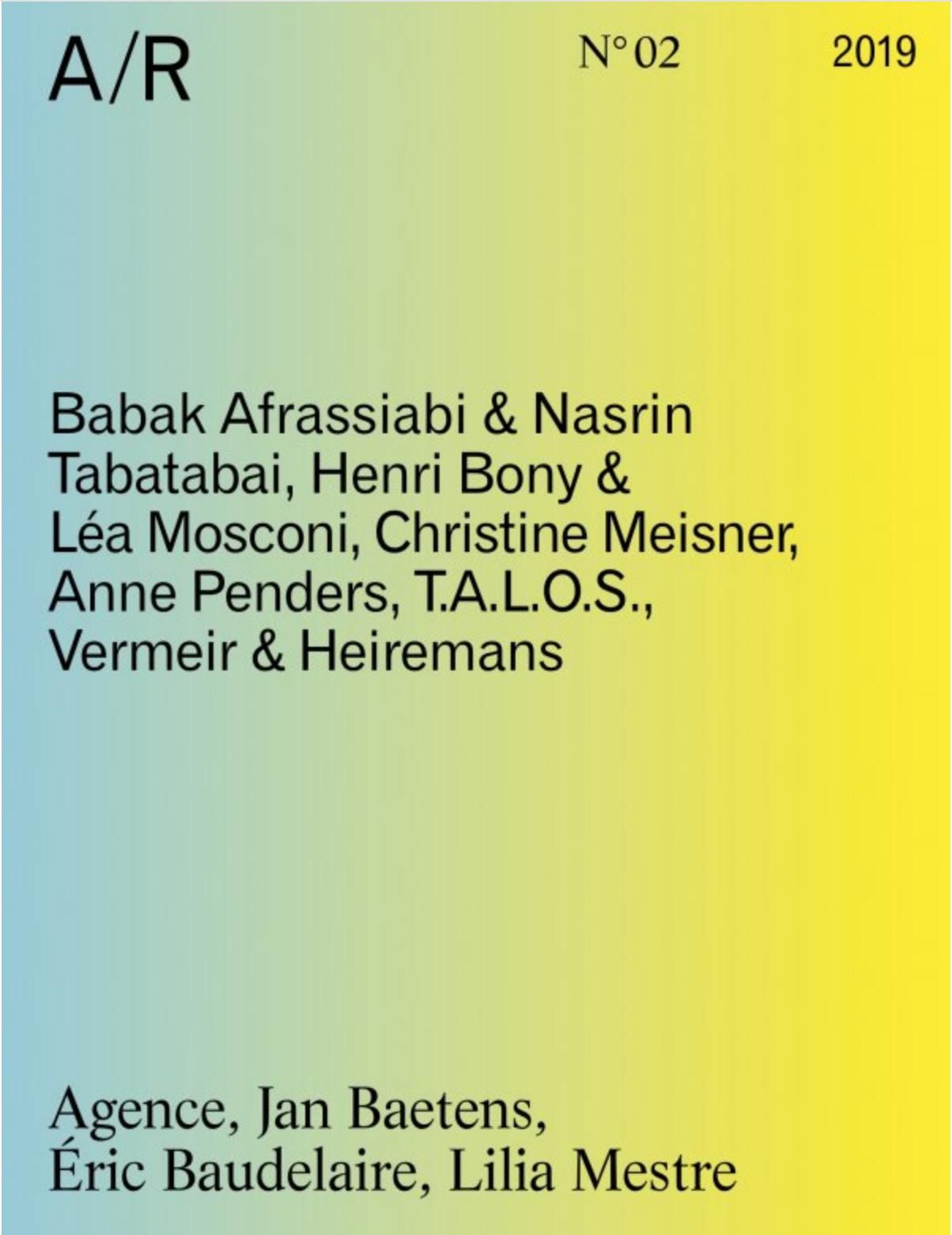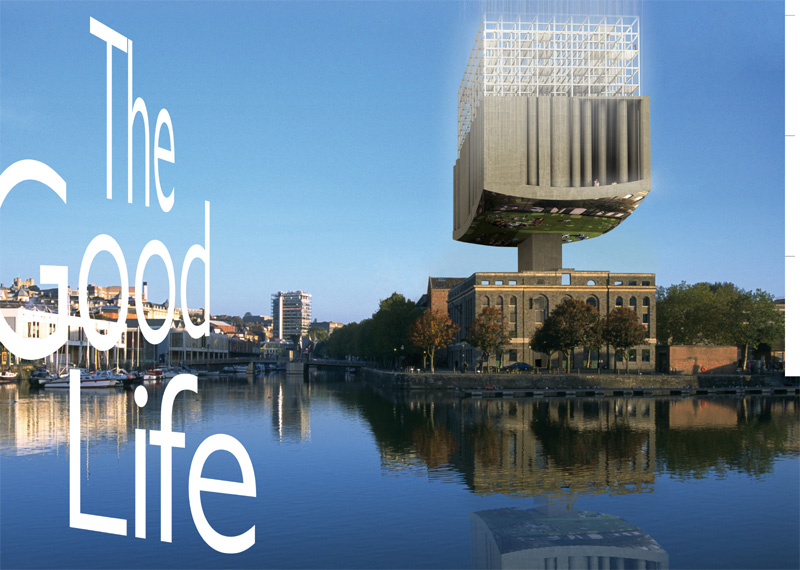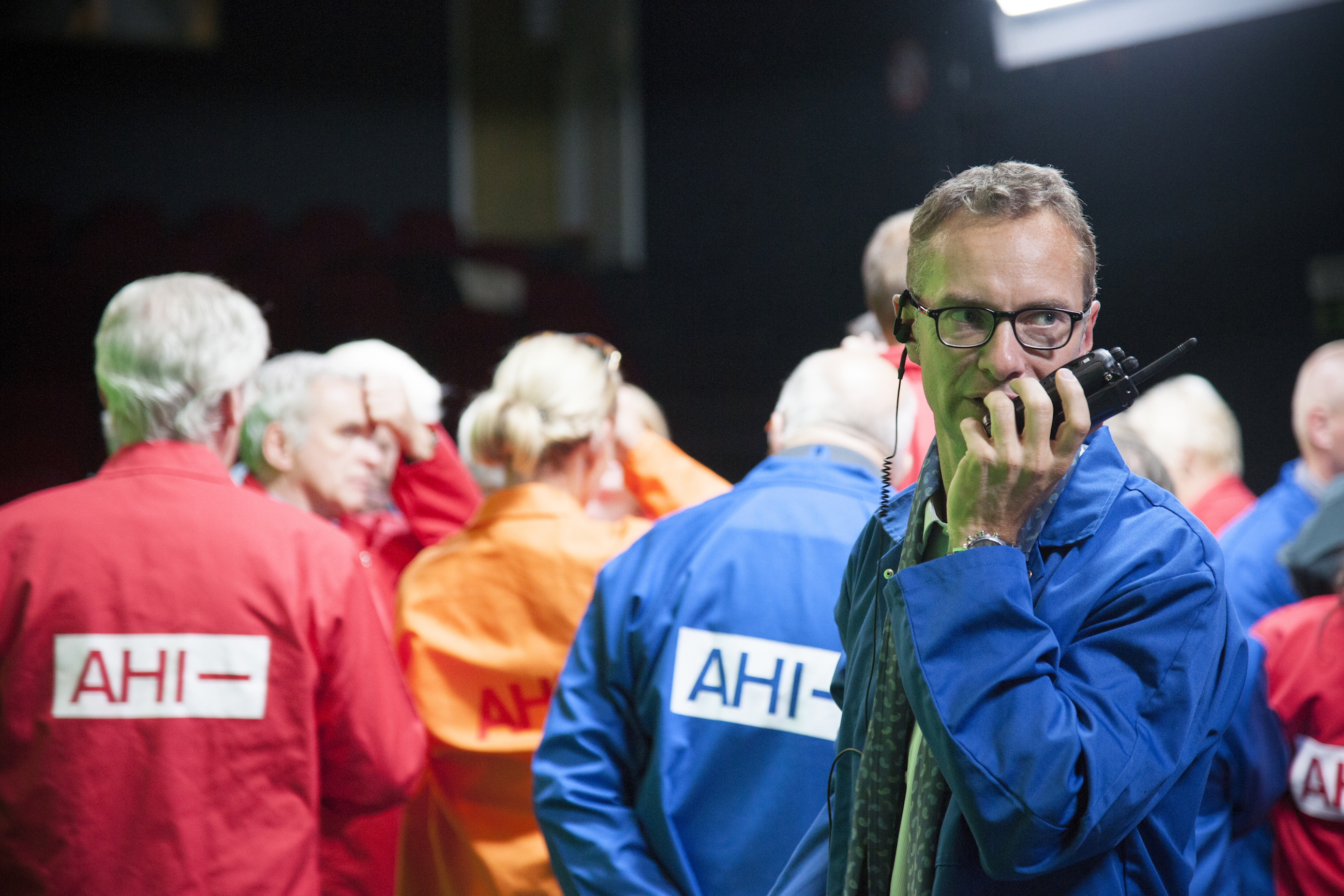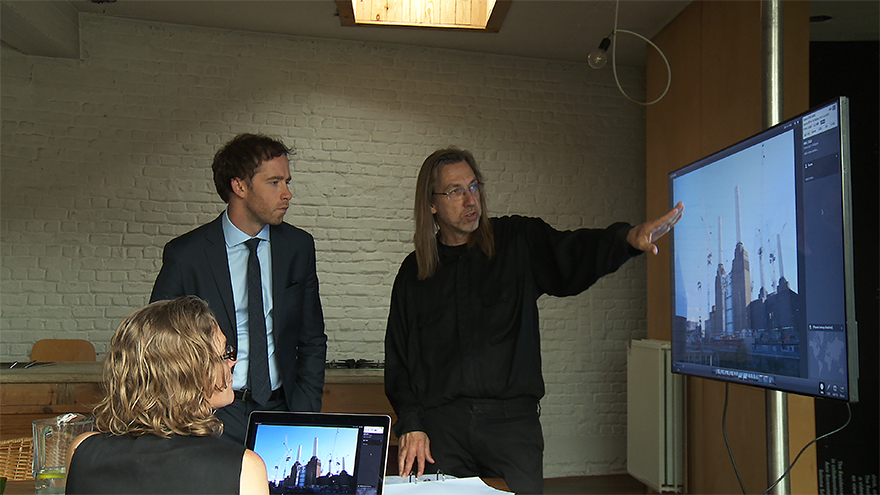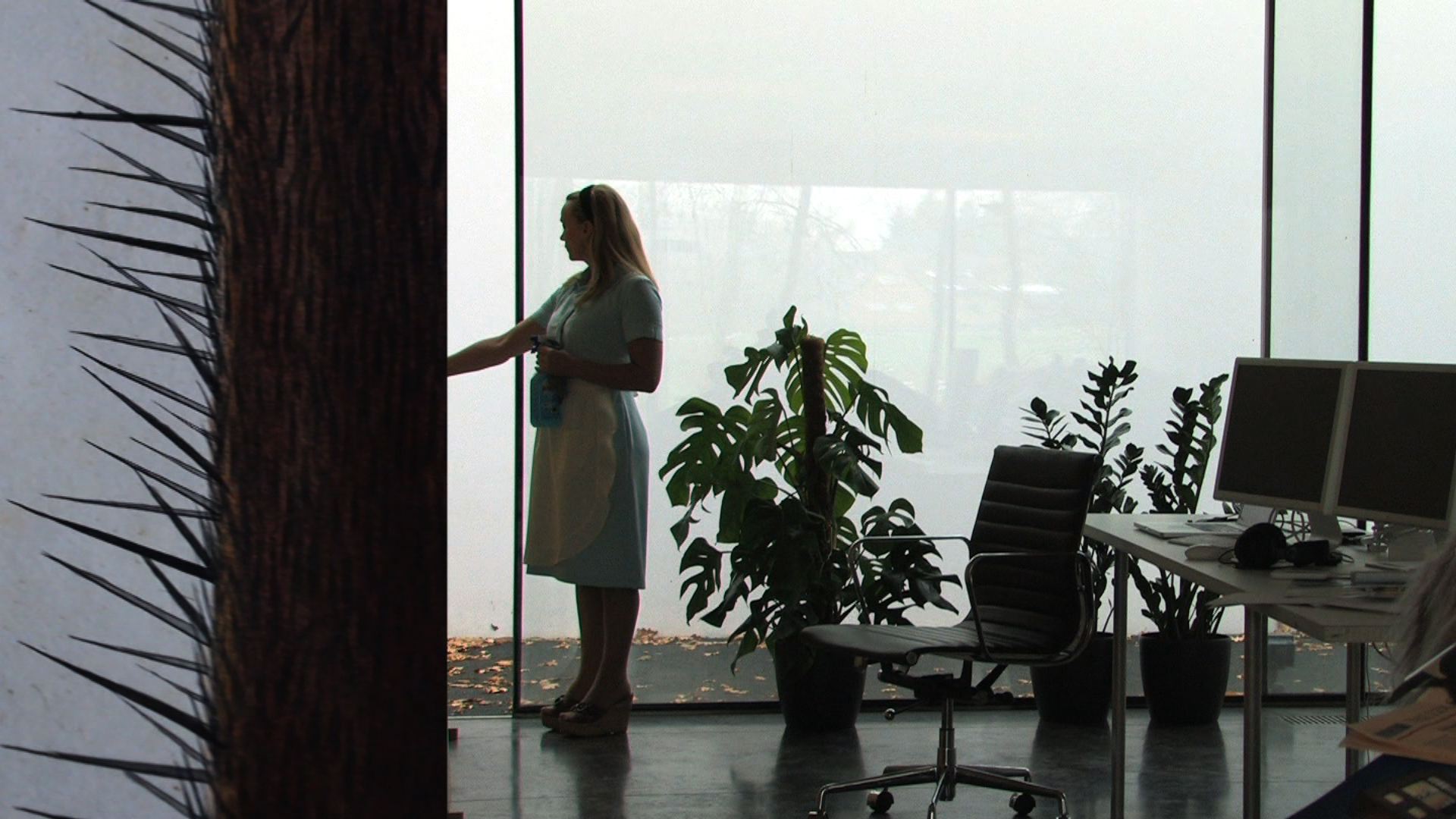Server: Apache/2.0.54 (Debian GNU/Linux) PHP/4.3.10-18
Content-Length: 1742
Connection: Keep-Alive
200 OK
Press text, Blouin Artinfo, 'REVIEW: An Istanbul Biennial Caught Up in History' by Coline Milliard
“What is going on in Istanbul?,” I asked artist Köken Ergun on my first night in town. He flicked an iPad open; the tweets glowing on his screen talked of demonstrations on the city’s Asian side. The day before, protesters had rallied after the death of the young Ahmet Atakan, allegedly struck on the head with a teargas canister. The riot police were out, and news of further movements kept trickling down the page.
When curator Fulya Erdmerci chose to place the 13th Istanbul Biennial under the aegis of philosopher Jürgen Habermas — and to look at the public sphere as a political forum — she probably didn’t expect Turkey to be on the brink of a wave of protests spreading from Istanbul to Ankara. In a few weeks at the end of last May, theories on public space marched out of the books and galleries and onto the streets. It kicked off with a handful of environmentalists gathered to express their opposition to the planned redevelopment into a shopping mall of Gezi Park, near Taksim Square. Thousands of others soon joined them in what became the largest anti-government protests in Turkey’s recent history. The police stormed the park and square on May 31, but the following morning the occupation resumed. For two weeks before the protestors’ brutal eviction, Gezi Park flirted with utopia. Radical leftists stood side by side with traditional Muslims, representatives of Armenian and Kurdish minorities, LGBT activists, students, housewives. Workshops and lectures were self-organized. The park even had a library, a vegetable garden, an infirmary.
Like many in the Turkish art world, Erdemci was enthused by the events. “A revolution has happened,” she wrote in an open letter in June. But the Gezi movement raised crucial issues for the biennial: how can an exhibition focused on public space as a political platform position itself when spontaneous expression has already transformed the Istanbulite urban psyche? What can art bring to a political discourse collectively constructed by a multitude? Fourteen projects were meant to take place outdoors, but in the wake of Gezi, the curatorial team decided to withdraw entirely from that public domain. The biennial eventually took place in five venues: the Antrepo no. 3, a former Greek school, two private foundations, Arter and SALT Beyoğlu, and the non-profit space 5533. The biennial’s line was that it didn’t want to collaborate with authorities unwilling to give free speech to its own citizens. “With this silence, I want people to listen to the voices of the streets,” Erdemci told MP, alluding to John Cage’s iconic 4’33”. Yet the irony of a public space-focused exhibition held entirely indoors weighed heavily on the biennial’s shoulders. Ahmet Ögut, a prominent artist formerly shown in the biennial and extensively involved in the discussions that led to this decision, was uncompromising. For him, withdrawing was “giving up.”
It isn’t the first time the biennial has come under fire. Signed in 2006, its ten-year sponsorship deal with Koç Holding — the country’s largest corporation, dealing in everything from construction to defense – is a recurrent bone of contention. During a performance by the Brussels-based duo Vermeir & Heiremans leading up to this 13th edition, activists wearing t-shirts with the names of forcibly gentrified neighborhoods took turns to wrap themselves in a cloth printed with the names of related companies and lay on the floor of the Marmara Taksim Hotel. They were physically removed from the building, prompting a petition which “urgently invited” the biennial’s organizers to rethink what the signatories described as an “authoritarian reflex.” In an official response, Erdemci denounced the “violence and vandalism” of the action, although she later apologized for the biennial’s virulent reaction. Antagonisms have been so strong that the list of exhibited artists was kept under wraps ahead of the biennial’s opening for fear of them being harassed by their peers.
When we met on that first night, Ergum told me he had been waiting for this moment when “life has become more interesting than art.” This 13th edition cannot, and should not, be read on the merits of the exhibition alone. Whether or not they relate to the umbrella title — “Mom, am I barbarian” after Lâle Müldür’s eponymous book — most exhibited works appeared tinted by the ongoing political turmoil. Stephen Willats’ 1967 work on paper Maze Drawing No 2, featuring pencil arrows dashing around a black labyrinth, seemed to picture the self-proclaimed çapulcu (looters) escaping riot police in Istanbul’s back alleys. Inci Eviner’s portrait gallery in black ink Taxinomies of Malaise (2013) felt like the surreal mapping of a society in mutation. Martin Cordiano & Tomas Espina’s installation Dominio (2011), the recreation of an interior in which every single item is broken, talked of an all-pervasive, gnawing anger.
At SALT Beyoğlu on Istiklal, the city’s main shopping drag, Diego Bianchi’s immersive installation Market or Die (2013) was meant as a comment on the surrounding mercantilism. Elements alluding to Istanbul’s micro economies — street sellers of water, mussels, simit (the local bagel) — crowded the gallery at ground level. There were tents, assortments of stuff “for sale,” slogans spray-painted on the walls. Yet rather than the commercial hustle and bustle outside, what came to mind was, again, Gezi Park, and its spontaneous campsite. Smugly nestled in the safe enclave of the gallery, Market or Die appeared uncomfortably close to mimicry.
Despite the curator’s decision to remain indoors, Istanbul kept seeping in. For the video Making Ways (2013), Maider Lopez recorded pedestrian traffic near Galata Bridge, creating a fleeting picture of space occupation. Christoph Schäfer conflated a proposed park in Hamburg with Gezi Park in a series of drawings sketching out an urban imaginary. Another of the rare works directly born out of the protest movement was Networks of Dispossession (2013), described by the group behind it as “collective data compiling and mapping the relations of capital and power within urban transformation.” On the top floor of the former Greek School, computer graphics printed on large sheets of paper linked work-related crime, media outlets, and corporations, singling out the sponsors of the biennial and Istanbul’s now-lost Olympic bid.
Perhaps the two pieces most talked about in this edition were Halil Altındere’s Wonderland (2013) and Hito Steyerl’s Is a Museum a Battlefield (2013). The first is a Gangsta-style video of youths rapping about gentrification in their neighborhood of Sulukule, forecasting a mood that has since then stormed the national stage. Steyerl’s video puts the relationship between museums and war zones, art production and arms manufacture on the spot, directly name-checking current and former sponsors of the biennial, including Koç Holding and Siemens. The filmmaker explains on screen that rather than withdrawing from these compromised art platforms, she has chosen to show this work. It almost rung as a comment on the biennial’s own choices.
Many of the works included in the biennial were produced and selected before the protests. And no matter how much the organizers talked about engaging with Gezi’s “transformative experience,” the few topical pieces stood as testament to Erdemci’s finger-on-the-pulse curatorial vision rather than as an articulate response to Turkey’s situation. One shouldn’t underplay the financial and logistical challenges involved in rethinking a biennial weeks before its inauguration, yet other routes could have been explored. In a text published on ArtLeaks last August, Ögut takes stock of the abandonment of authorship characterizing artists’ involvement in the protests. “Artists were not there as artists,” he writes, “but rather as citizens.” He then calls for an Anonymous Istanbul Biennial, with no announced locations, no artist lists, no guides, no maps. “If what is done, produced, and practiced has enough power to transform the public space, then it would be visible one way or another,” Ögut writes. “If not, then it would still be there—but no one would ever even notice.”
Beyond anonymity itself, the artist made an important point: the biennial might well have missed the opportunity offered by Turkey’s sea-change to reinvent itself radically. It decided to withdraw from the urban space and was criticized for taking the easiest option. Yet had the biennial adopted Gezi’s vernacular, the odds are it would have been accused of capitalizing on the protests. Whatever its choices, one might argue that it was virtually impossible for the biennial to fully embrace the complexity of a situation Erdemeci compared to the country’s transition “from Byzantine to Ottoman, and Ottoman to Republican.” Willingly or not, the event acted as a catalyst for opinions to be debated — sometimes vehemently, sometimes productively. Given the current context, this achievement in itself shouldn’t be underestimated.
“Mom, Am I Barbarian,” 13th Istanbul Biennial, Until October 20, 2013
- See more at: http://uk.blouinartinfo.com/news/story/961885/review-an-istanbul-biennial-caught-up-in-history#sthash.8heIdBDF.dpuf

